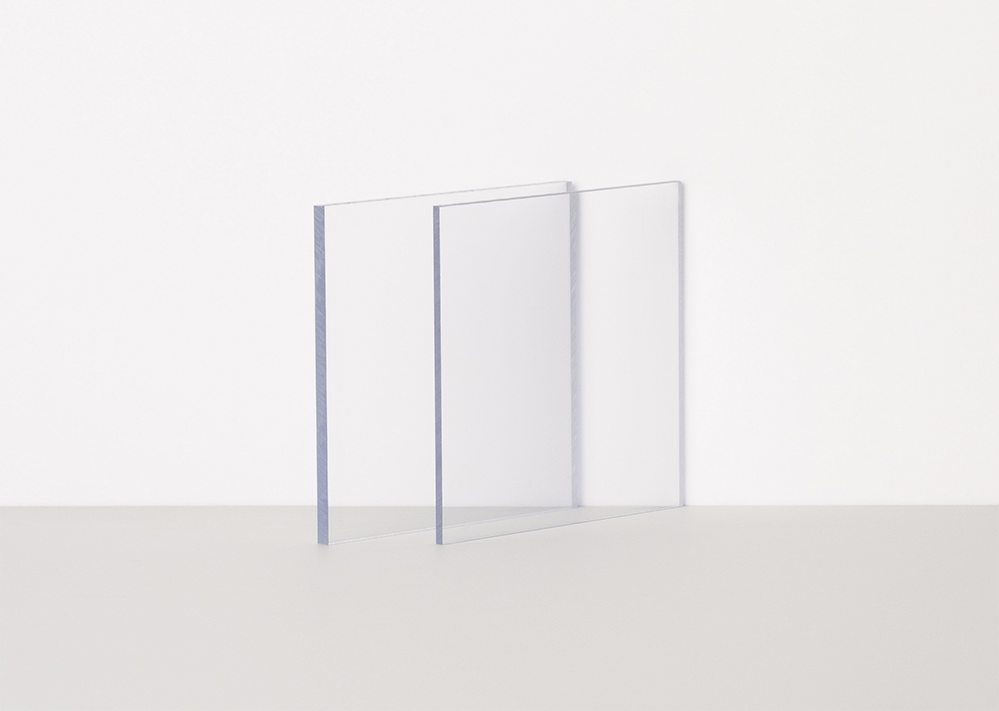In the realm of synthetic materials, few have garnered as much attention and widespread use as polycarbonate.
Known for its remarkable blend of properties, this thermoplastic polymer has become a staple in various industries. Its unique characteristics not only offer versatility but also raise questions about its durability, a key factor in its widespread application.

The Essence of Polycarbonate
Polycarbonate is a type of thermoplastic polymer that is widely known for its strength, impact resistance, and transparency. It’s a material that has found its way into numerous products and industries, ranging from bulletproof glass to compact discs. But what exactly contributes to its robust nature?
The answer lies in its molecular structure, where strong carbonate groups form the backbone of this resilient material. This inherent design enables polycarbonate to withstand significant stress and impact, making it an ideal choice for applications where durability is of paramount importance.
Assessing the Strength and Versatility of Polycarbonate
When evaluating the durability of polycarbonate, it is essential to consider various factors such as impact resistance, tensile strength, and flexibility.
Remarkably, polycarbonate excels in all these areas. It can absorb immense impact without cracking or breaking, a property that makes it preferable over materials like glass or acrylic in safety-critical applications. Additionally, its high tensile strength allows it to maintain structural integrity under heavy loads or stresses.
In terms of versatility, polycarbonate is easily mouldable when heated, making it suitable for a myriad of shapes and designs. This adaptability, coupled with its strength, opens doors to innovative uses in the automotive, aerospace, and construction industries.
Longevity and Environmental Resistance
An essential aspect of polycarbonate’s durability is its resistance to various environmental factors. It demonstrates remarkable stability under exposure to sunlight, temperature variations, and chemicals.
Polycarbonate maintains its structural integrity and clarity, unlike some plastics that may degrade or become brittle over time when exposed to UV radiation. This is due to the addition of UV stabilisers during its manufacturing process. Furthermore, it can withstand extreme temperatures, remaining stable in conditions ranging from -135°C to 125°C.
The chemical resistance of polycarbonate is another facet of its durability. It resists many oils, greases, and acids, making it an ideal material for use in harsh chemical environments.
However, it is worth noting that certain chemicals, like strong alkalis and some solvents, can cause damage, so it’s essential to consider the specific application environment when assessing its suitability.
Maintenance and Long-Term Care
Maintaining polycarbonate to ensure its longevity is relatively straightforward. It requires minimal upkeep, primarily due to its resistance to weathering and impact. Cleaning with mild soap and water usually suffices to maintain its clarity and appearance.
Scratching can be a concern, but advancements in coating technologies have led to scratch-resistant polycarbonate surfaces, further enhancing their durability. One should avoid using abrasive cleaners or sharp tools for cleaning, as these can damage the surface.
Additionally, though polycarbonate is inherently flame retardant, care should be taken to keep it away from direct flames or extremely high temperatures to prevent any potential deformation or weakening.
The Unbreakable Future: A Final Reflection
In conclusion, the question of polycarbonate’s durability reveals a multi-faceted answer. It’s not just about its ability to resist impact or its tensile strength but also about how it gracefully handles environmental challenges and adapts to various applications.
Its maintenance and care, though minimal, play a crucial role in ensuring its longevity. Polycarbonate isn’t just durable; it’s a material that redefines resilience, opening new avenues in design and application that were previously thought impossible.

